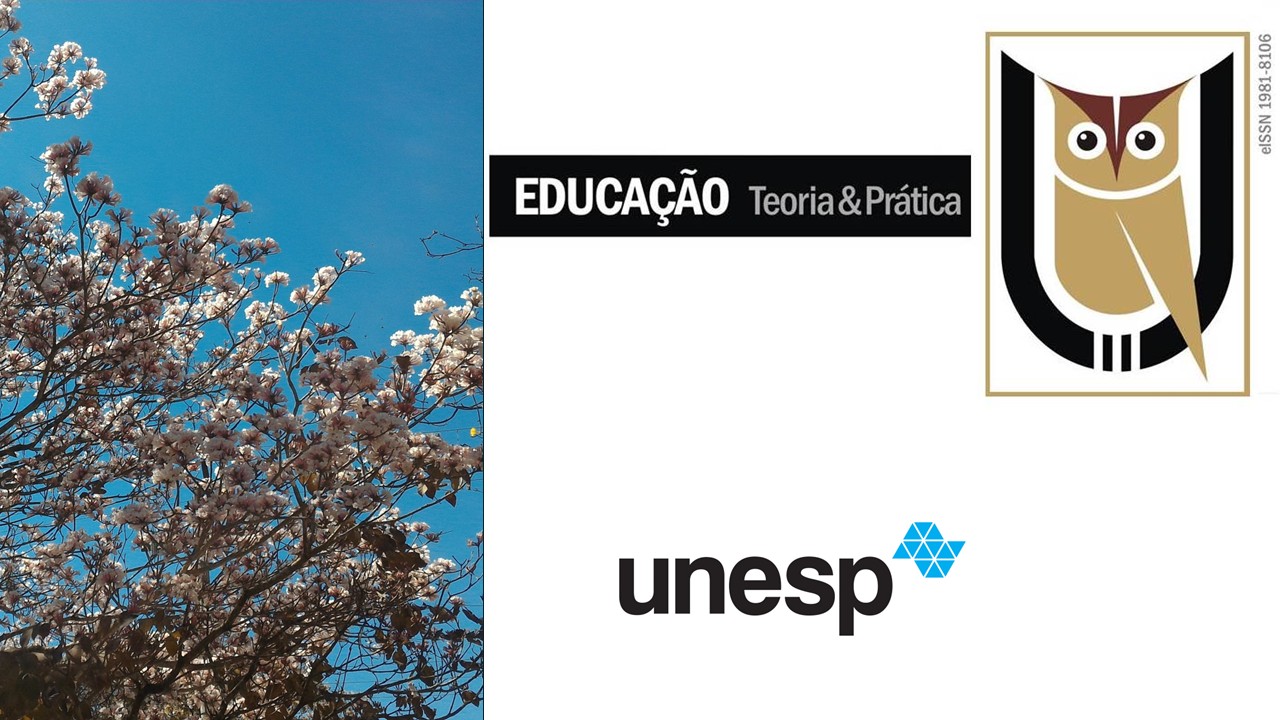The image of the world transmitted by maps: notes for a cartographic literacy
DOI:
https://doi.org/10.18675/1981-8106.v33.n.66.s16862Keywords:
Map. Maps’ Purpose. Geographic Education. Cartographic Literacy.Abstract
As a theoretical-methodological procedure of an inductive nature, this paper holds that maps are social constructions that transmit ideological, cultural, and political messages; therefore, the intention of the cartographic language becomes an item of main interest. It is clear that both people and organizations have always used planispheres for their own purposes, without considering the technical criteria regarding accuracy that are usually pursued by cartographers. Maps are selective and partial representations of territory, so their use cannot escape from personal prejudices or political manipulation. There is no doubt that maps are a fundamental tool in geographical explanation and, therefore, a basic instrument for geographers’ daily work. It is also a widely used resource in the teaching of geography, usually very disconnected from an authentic geographic education. The paper defends that geographic education has to take on the task of promoting geographic literacy, focused on spatial literacy. In particular, Geography is the school discipline that assumes the responsibility of contributing to the development of spatial thinking or reasoning through cartographic literacy.
References
AUDIGIER, F. La didactique de la Géographie. In: DESPLANQUES, P. (coord.). La Géographie en collège et en lycée. París: Hachette, 1994. p. 102-127.
BAILEY, P. Didáctica de la Geografía. Madrid: Cincel-Kapelusz, 1981.
BENEJAM, P.; COMES, P. ¿Nuevas coordenadas para la enseñanza de la Geografía? Las implicaciones del constructivismo en la enseñanza-aprendizaje de las habilidades cartográficas. Íber: Didáctica de las Ciencias Sociales, Geografía e Historia, Barcelona, n. 1, p. 106-116, 1994.
BROTTON, J. Historia del mundo en 12 mapas. Barcelona: Debate, 2014.
CALAF, R.; SUÁREZ, M. A.; MENÉNDEZ, R. Aprender a enseñar geografía. Barcelona: Oikos-Tau, 1997.
CHOMEL, M. Visión indígena del territorio. In: AA.VV. Mapas y planos de México: siglos XVI al XX. México: Instituto Nacional de Estadística, Geografía e Informática, 1988. p. 13-20.
CLARY, M. Aprender a situar, situar para aprender. Boletín de Didáctica de las Ciencias Sociales, Barcelona, n. 5, p. 31-43, 1992.
CONTRERAS SERVÍN, C. La cartografía indígena como testimonio de la identidad territorial de las culturas prehispánicas. Boletín del Sistema Nacional de Informacion Estadística y Geográfica, México, v. 2, n. 3, p. 182-195, 2009. Disponible en: https://www.researchgate.net/publication/290995172_La_cartografia_indigena_como_testimonio_de_la_identidad_territorial_de_las_culturas_prehispanicas. Acceso en: 9 jun. 2022.
DUARTE, R. G. A cartografia escolar e o pensamento (geo)espacial: alicerces da educação geográfica. In: ROQUE ASCENÇÃO, V. de O.; VALADÃO, R. C.; SOARES DEL GAUDIO, R.; SOUZA, C. J. de O. (org.). Conhecimentos da Geografia: Percursos de Formação Docente e Práticas na Educação Básica. Belo Horizonte: Universidade Federal de Minas Gerais, 2017. p. 28-52.
FONTANABONA, J. (dir.). Cartes et modèles graphiques : analyses de pratiques en classe de géographie. París: Institut National de Recherche Pédagogique, 2000.
GALEANO, E. Patas arriba: la escuela del mundo al revés. Madrid: Siglo XXI, 1998.
GERSMEHL, P. Teaching geography. Third edition. Nueva York: Guilford Press, 2014.
GRATALOUP, C.; FUMEY, G. (dir.). Atlas Global. Madrid: Cátedra, 2016.
HARTSHORNE, R. The Nature of Geography: A Critical Survey of Current Thought in the Light of the Past. Annals of the Association of American Geographers, Washington, n. 29, p. 171-645, 1939.
JEREZ, O. El lenguaje cartográfico como instrumento para la enseñanza de una geografía crítica y para la educación ambiental. In: MARRÓN, M. J.; SÁNCHEZ, L.; JEREZ, O. (coords.). Cultura geográfica y educación ciudadana. Cuenca: Universidad de Castilla-La Mancha, 2006. p. 483-501.
LACOSTE, Y. La geografía: un arma para la guerra. Barcelona: Anagrama, 1977.
LUQUE, R. El uso de la cartografía y la imagen digital como recurso didáctico en la enseñanza secundaria. Algunas precisiones en torno a Google Earth. Boletín de la Asociación de Geógrafos Españoles, Madrid, n. 55, p. 183-210, 2011. Disponible en: http://www.age-geografia.es/ojs/index.php/bage/article/view/1318/1241. Acceso en: 9 jun. 2022.
MORGAN, J. What do we mean by thinking geographically?. In: LAMBERT, D.; JONES, M. (ed.). Debates in Geography Education. Londres: Routledge, 2013. p. 273-281.
PETERS, A. La nueva cartografía. Barcelona: Vicens Vives, 1992.
SINTON, D. S. et al. The People’s Guide to Spatial Thinking. Washington: National Council for Geographic Education, 2013.
SOUTO, X. M. Didáctica de la geografía: problemas sociales y conocimiento del medio. Barcelona: Ediciones del Serbal, 1999.
SOUTO, X. M.; RAMÍREZ, S. Enseñar Geografía o educar geográficamente a las personas. Íber: Didáctica de las Ciencias Sociales, Geografía e Historia, Barcelona, n. 9, p. 15-26, 1996.
THROWER, N. J. W. Mapas y civilización: historia de la cartografía en su contexto cultural y social. Barcelona: Ediciones del Serbal, 2002.
Downloads
Published
How to Cite
Issue
Section
License
Authors who publish in this journal agree to the following terms:
a) Authors assign copyright to the journal, with the work simultaneously licensed under the Creative Commons Attribution License that allows sharing of the work with acknowledgment of authorship and publication in this journal.
b) The policy adopted by the Editorial Committee is to assign copyright only after a period of 30 months from the date of publication of the article. After this time, authors interested in publishing the same text in another work must send a letter to the Editorial Committee requesting the release of the assignment of copyright and wait for a response.
c) This journal provides public access to all its content, since this allows greater visibility and reach of published articles and reviews. For more information on this approach, visit the Public Knowledge Project, a project that developed this system to improve the academic and public quality of research, by distributing OJS as well as other software to support the public access publication system to academic sources. The names and email addresses on this website will be used exclusively for the purposes of the journal and will not be available for other purposes. This journal provides open any other party  This work is licensed under a Creative Commons License
This work is licensed under a Creative Commons License











